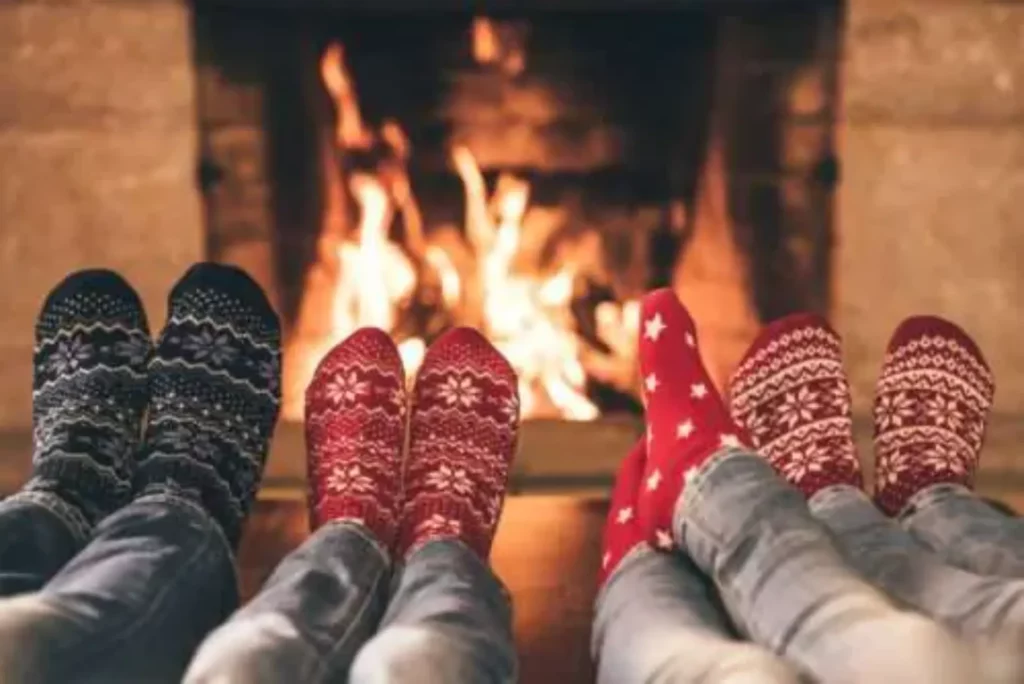Chilblains, also known as Perino, are small, itchy, red swellings on the skin. They typically occur on fingers and toes but can also develop on the face and legs.
No one knows exactly what causes this painful condition, but they are an abnormal reaction to exposure to cold weather followed by rewarming. They develop in cold temperatures as the tiny blood vessels under your skin get smaller and restrict blood flow. If your skin warms up too quickly, the blood vessels then expand causing blood to rush to your extremities resulting in redness and swelling.
Risk factors of chilblains
- People with poor circulation tend to be more susceptible to chilblains.
- Health conditions such as Raynaud’s disease and Lupus, an autoimmune connective tissue disease may make your more likely to suffer from chilblains.
- Women are more likely to get chilblains than men.
- Being underweight increases your risk of getting chilblains.
- Wearing clothing that is tight or exposes your skin to cold, damp conditions will make your more likely to develop the condition.
Prevention & management
Chilblains will usually disperse on their own within two to three weeks. However, there are steps you can take to prevent them and stop them from recurring.
- Avoid exposure to cold, damp conditions.
- Dress in layers of loose clothing and keep your extremities covered with warm, water-resistant footwear and gloves.
- Don’t smoke.
- Eat a healthy diet.
- Exercise regularly to boost your circulation.
If you do get chilblains –
- Apply a soothing lotion containing witch hazel or calamine.
- If the skin breaks, apply a dressing to keep infection away.
- Take paracetamol and ibuprofen to ease the pain.
If you’re suffering from any foot problems, contact us today to book an appointment, we will be happy to help!






